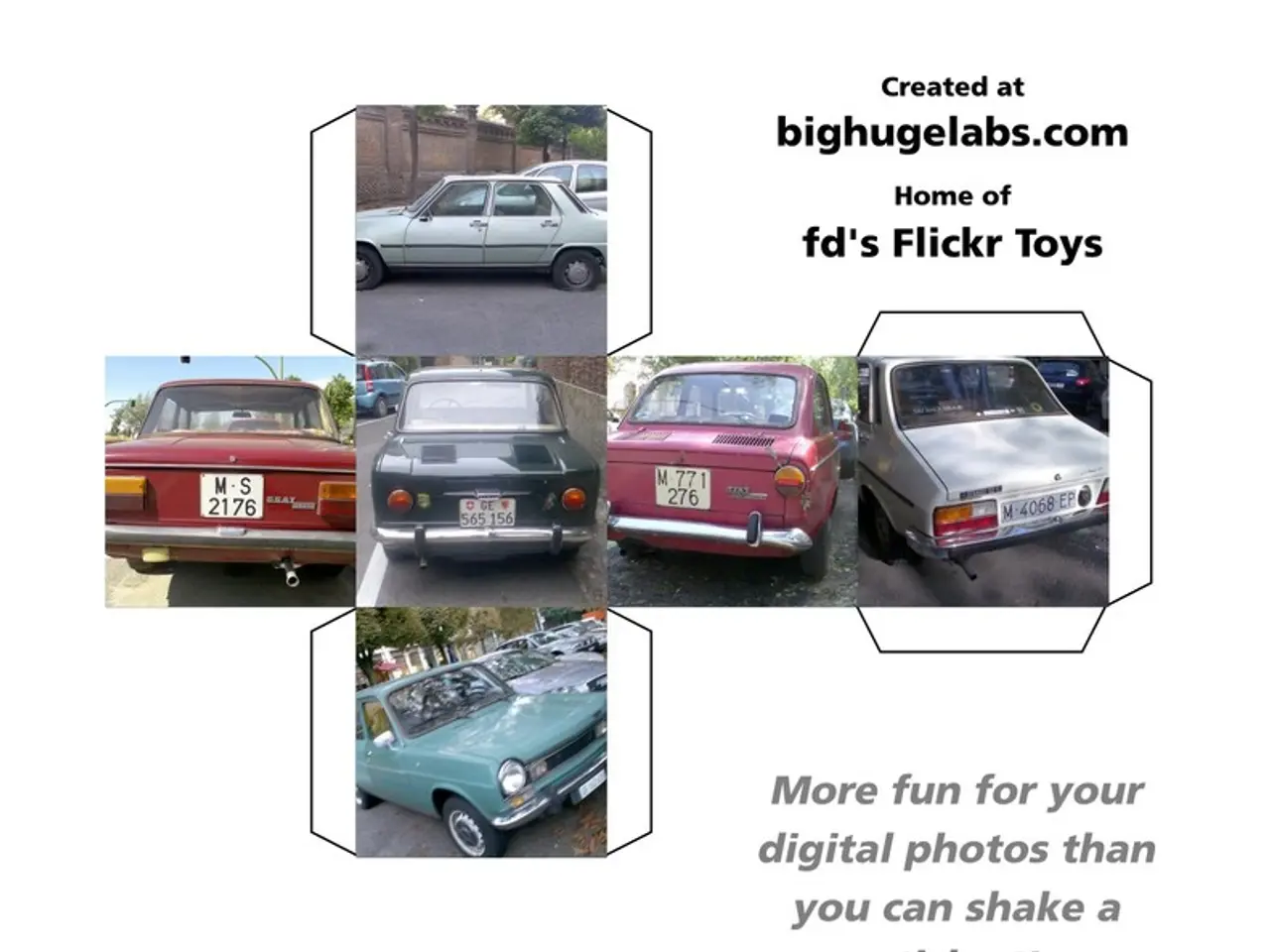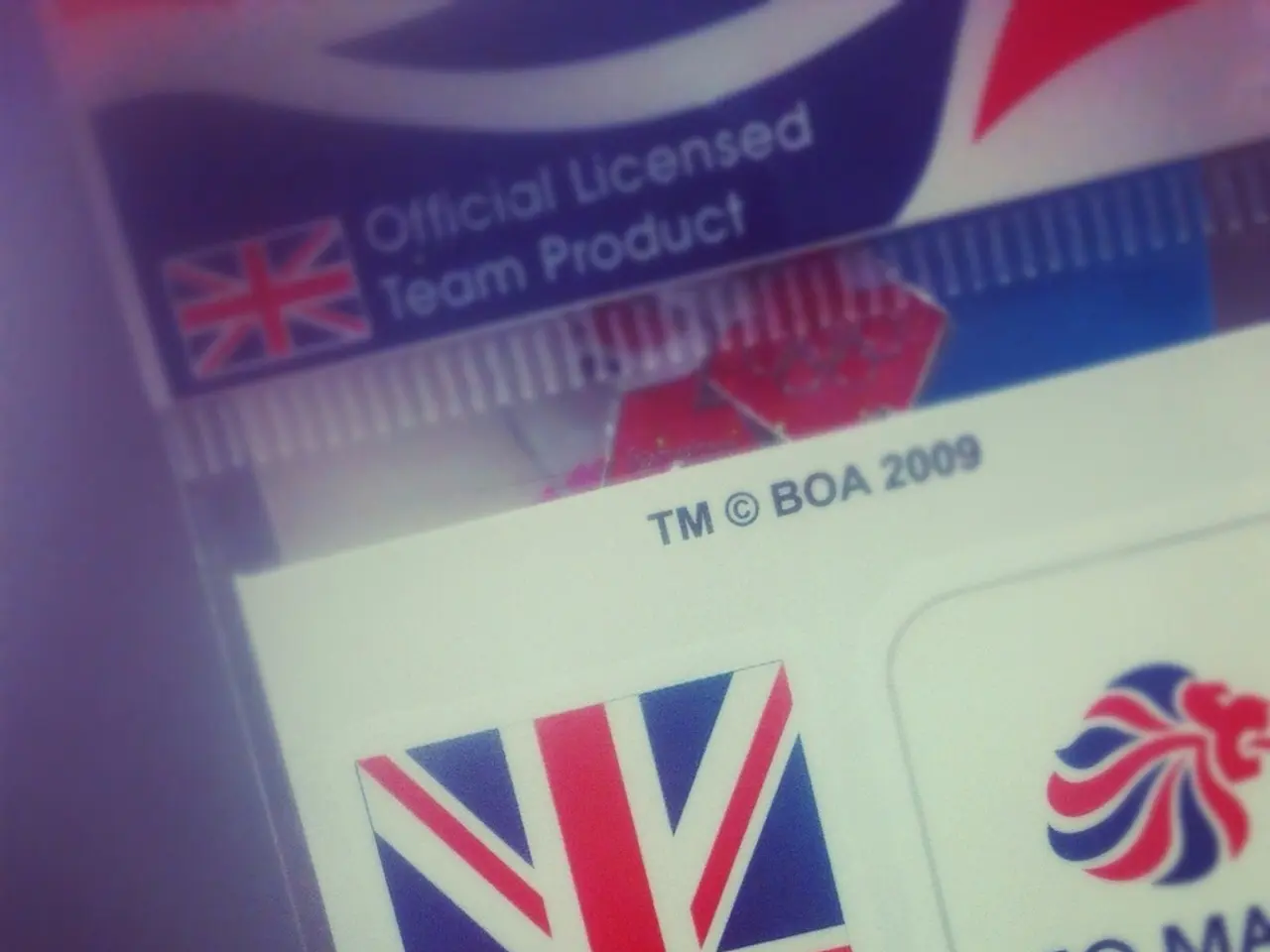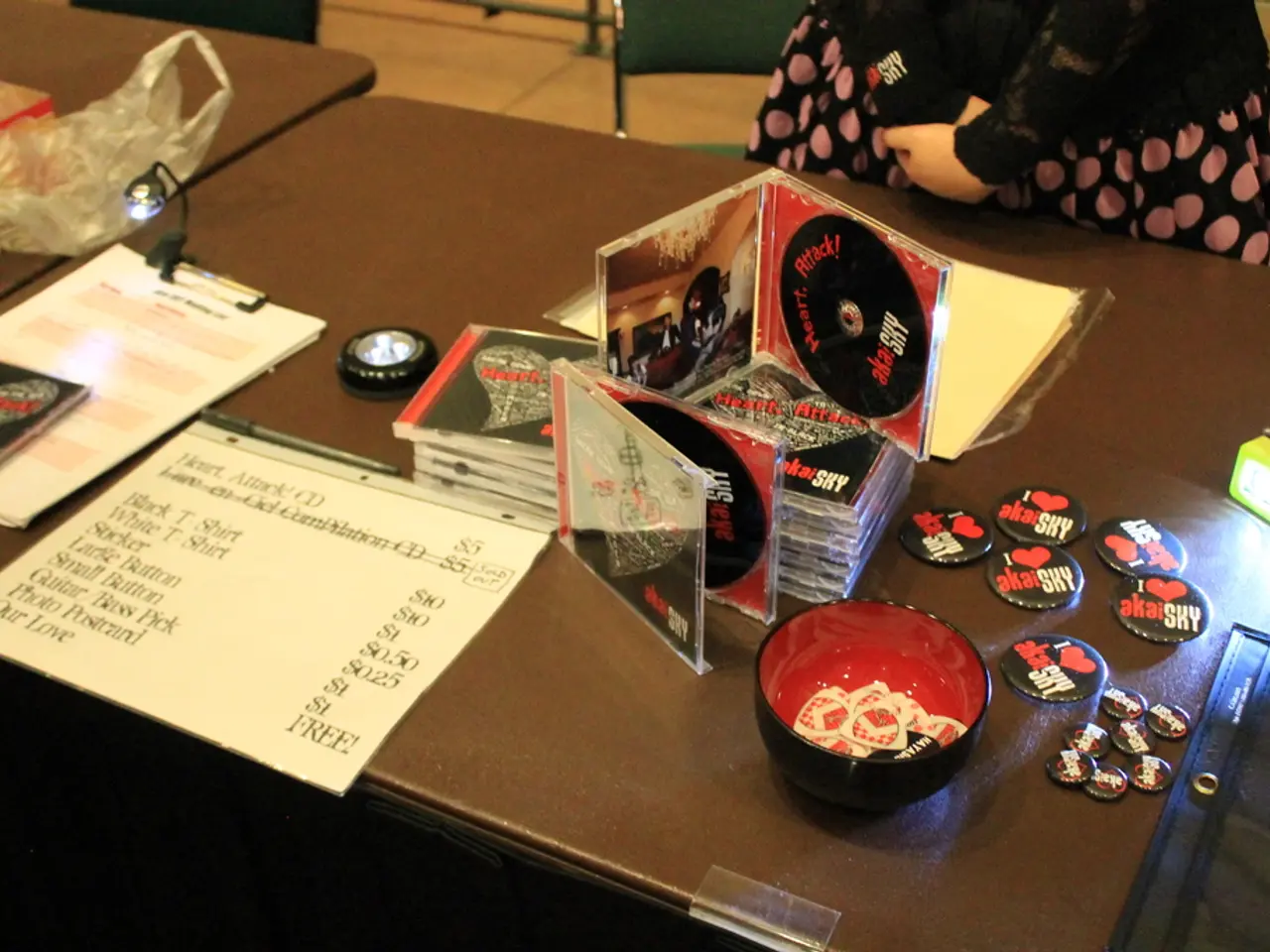CES 2024 showcases groundbreaking advancements in vehicle technology
The automotive industry is gearing up for a significant transformation, as CES 2024 heralds the introduction of the era of software-defined vehicles (SDVs). This paradigm shift is set to redefine the way we travel, with technology giants like NVIDIA playing a pivotal role in this evolution.
One of the key components powering SDVs is NVIDIA's Drive THOR, a high-performance, integrated computing platform that consolidates multiple vehicle functions into a single system. This innovation aims to reduce complexity, cost, and development time, thereby paving the way for more efficient and intelligent vehicles.
Convergence of Vehicle Domains
Drive THOR fuses digital cockpit functions with Advanced Driver Assistance Systems (ADAS), enhancing overall vehicle intelligence and user experience. By merging these domains, it creates a more integrated and seamless in-car experience.
Cost and Complexity Reduction
By integrating multiple electronic control units (ECUs), gateways, and sensor processing functions into one system, Drive THOR reduces wiring and component count. This results in significant cost savings for vehicle manufacturing and a reduction in software development overhead.
Support for Over-the-Air (OTA) Updates
The software-first approach of Drive THOR enables continual improvement and personalization of autonomous and driver-assistance features remotely. This means that vehicles can be updated with new features and improvements over their lifespan, enhancing their value and longevity.
High-Performance AI Processing
Built on NVIDIA’s Blackwell architecture, Drive THOR handles complex AI workloads including vision-language models and large language models. These capabilities are crucial for real-time perception, decision-making, and natural language interaction in autonomous driving.
Safety and Validation
Drive THOR runs NVIDIA’s DriveOS, which is safety-certified to automotive standards (e.g., ISO 26262). This ensures that the platform meets rigorous validation requirements for autonomous vehicle deployment, providing a safer driving experience.
In commercial use, platforms like WeRide’s HPC 3.0 leverage dual DRIVE AGX Thor configurations to deliver scalable, cost-effective L4 autonomous driving solutions. This collaboration between NVIDIA and WeRide demonstrates the potential of Drive THOR to drive innovation and cost-effectiveness in the SDV market.
In conclusion, NVIDIA Drive THOR is a foundational element in developing scalable, intelligent, and safer software-defined vehicles. As the industry moves towards fully autonomous transportation systems, innovations like Drive THOR will play a crucial role in advancing this transition.
Other Innovations in the Automotive Sector
While NVIDIA's Drive THOR is a significant development, other automotive giants are also making strides in the field of in-car technology.
- BMW has upgraded its operating system to offer generative AI and Augmented Reality (AR) features for better in-car infotainment and entertainment.
- Mercedes-Benz has introduced the MB.OS operating system for its in-car voice assistant MBUX Virtual Assistant, providing details for a selected route, including parking and nearby restaurant menus.
- Volkswagen has unveiled ChatGPT-powered voice assistant IDA in its vehicles from Q2 2024, first available in Europe.
- Honda's "0 Series" with the Saloon and Space-Hub concepts, set to launch in North America in 2026, is developed with the "Thin, Light, and Wise" approach and aims to push forward new values, including AD/ADAS and connected technologies.
- Kia has unveiled a Platform Beyond Vehicle (PBV) lineup at CES 2024, including the Concept PV7, PV5, and PV1. These vehicles are designed to fulfill multiple needs of consumer and business markets, offering various versions and future models like a Robotaxi.
- The AirConsole App, enabling gaming in-car, is widened to offer more choices.
- Sony and Honda present "AFEELA," an electric vehicle with a 91 kWh lithium-ion battery and two 180 kW permanent magnet synchronous motors (PMSM).
- XREAL Air 2 AR glasses are demonstrated for the first time at CES 2024, aiming to facilitate all features of infotainment and entertainment while adding new ones.
These innovations demonstrate the exciting future of the automotive industry, where in-car technology is set to become more intuitive, interactive, and entertaining than ever before.
- In the arena of SDVs, tech titan NVIDIA's Drive THOR, an advanced computing platform, aims to reduce complexity, cost, and development time, paving the way for more efficient and intelligent vehicles, as it merges digital cockpit functions with Advanced Driver Assistance Systems (ADAS).
- By offering continual improvement and personalization of autonomous and driver-assistance features remotely, the software-first approach of Drive THOR enables vehicles to be updated over their lifespan, enhancing their value and longevity.
- As the automotive industry undergoes a shift towards autonomous transportation systems, other key players like BMW, Mercedes-Benz, Volkswagen, Honda, Kia, and even technology giants such as Sony are introducing innovative in-car technology, ranging from AI-enabled operating systems to Augmented Reality features and electric vehicles, setting the stage for a more interconnected, seamless, and entertaining travel experience in the near future.




